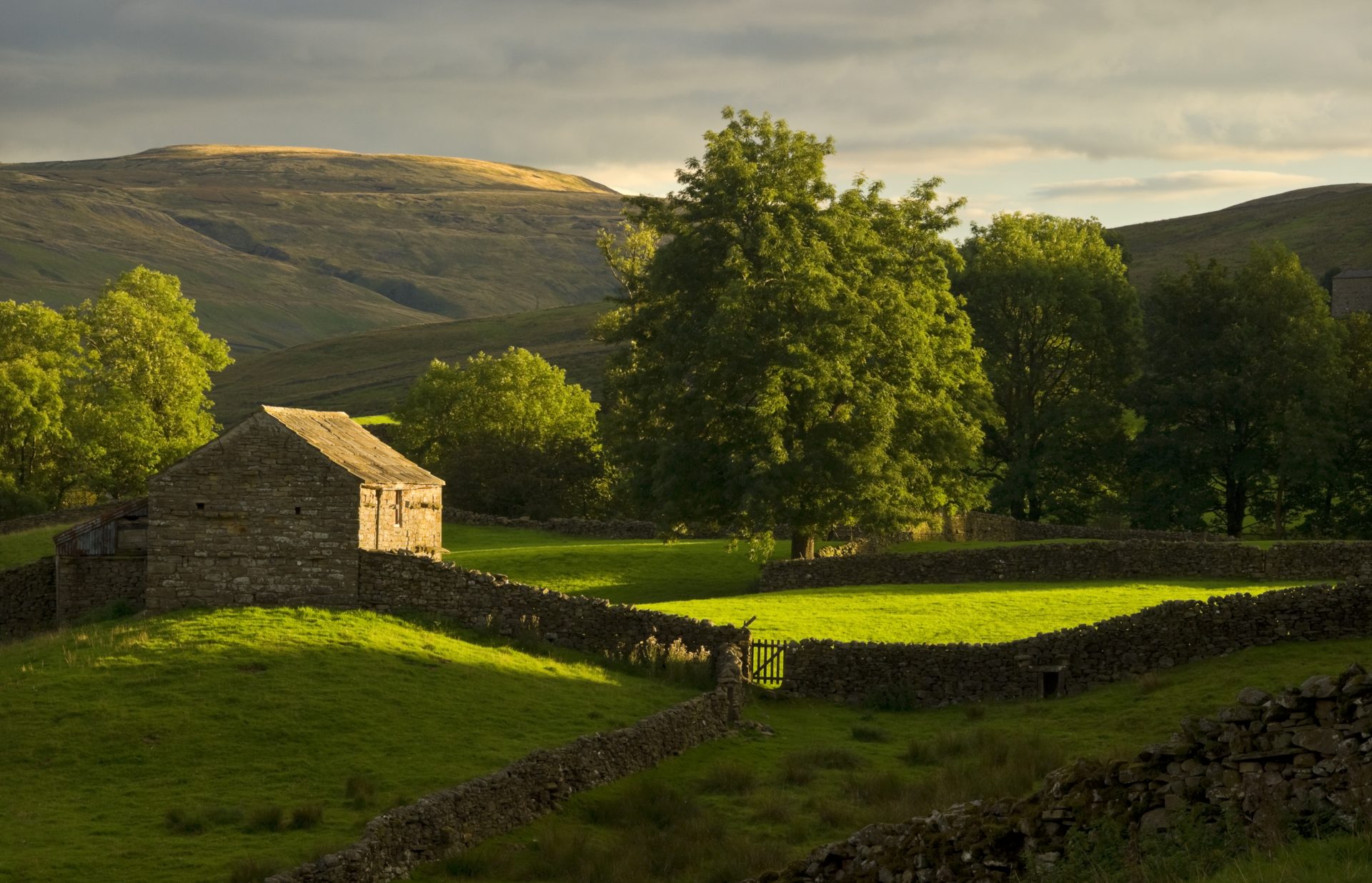 The UK’s liquefied petroleum gas (LPG) industry has earmarked £106m of investment into bioLPG, which is made from 100% renewable sources and emits up to 90% fewer emissions than LPG. All in all, the sector wants to switch from LPG to 100% bioLPG by 2040 in order to help the UK meet its net-zero climate goals. In fact, sustainable fuels will be crucial for delivering significant decarbonisation in these sectors. BioLPG is used in a range of applications like domestic and commercial heating or cooking, process heating and as a marine fuel. Time is short, so the industry wants to make an impact now.
The UK’s liquefied petroleum gas (LPG) industry has earmarked £106m of investment into bioLPG, which is made from 100% renewable sources and emits up to 90% fewer emissions than LPG. All in all, the sector wants to switch from LPG to 100% bioLPG by 2040 in order to help the UK meet its net-zero climate goals. In fact, sustainable fuels will be crucial for delivering significant decarbonisation in these sectors. BioLPG is used in a range of applications like domestic and commercial heating or cooking, process heating and as a marine fuel. Time is short, so the industry wants to make an impact now.
Here, Bio Market Insight’s Liz Gyekye, catches up with Sophia Haywood, Director of Public Affairs at trade body Liquid Gas UK (@LiquidGasUK), to find out more.
Liz Gyekye (LG): What is bioLPG?
Sophia Haywood (SH): BioLPG is made from non-fossil fuel sources, mainly sourced from waste products from the renewable diesel production process (the HVO or hydrotreated vegetable oil process). In use, bioLPG is identical to conventional LPG and therefore has the benefit of being able to be blended and used by all existing appliances.
LPG is widely used across the UK for businesses, homes, industrial processes, and in transport. If you switch from using highly-polluting kerosene to LPG, you get immediate carbon savings of around 20%. Moving onto bioLPG, you can get up to 90% carbon emissions reduction and bioLPG carries the same low nitrogen dioxide (NOx), sulphur oxide (Sox) and particulate matter (PM) as conventional LPG.
The beauty of bioLPG is that it is a drop-in fuel. So, you can blend bioLPG with LPG, which enables a seamless transition to a renewable fuel.
The industry takes decarbonisation seriously, but I don’t think we have shouted out loudly about ourselves in the past in order for people to know all the good works that we have been doing.
 LG: Why has the industry selected 2040 as the date to transition to 100% bioLPG?
LG: Why has the industry selected 2040 as the date to transition to 100% bioLPG?
SH: We had a study conducted for us by UK consultancy NNFCC and it found that it was feasible to switch to 100% bioLPG by 2040 in order for the UK to meet its net-zero 2050 targets. In addition, we have to aim for 2040 because 2050 will be too late. We need to start shifting towards a low-carbon economy now. The industry wants to get this moving. We want to realise our ambitions and meet government targets.
LG: How is demand for bioLPG?
SH: There is a lot of interest in bioLPG. We need to get people switching from high-carbon fossil fuels like kerosene to bioLPG. There are 1.1m homes in GB that use oil to heat their homes. That’s a huge amount of carbon from people heating their homes. We see a tremendous amount of opportunity for people to switch to green solutions like bioLPG.
LG: What other applications can bioLPG be used for?
SH: There are lot of applications where bioLPG can be used. This includes everything from agriculture, crop drying, poultry rearing, the leisure industry, the pub industry and food and drink production. Not all of these sectors can use natural gas, so using bioLPG will be an option for them.
LG: Has the Covid-19 pandemic affected your sector?
SH: Covid has affected every sector, but our industry has weathered the storm. We have recently launched our industry census. It highlighted that the sector is due to invest more than £152m over the next 12 months and £600m over the next five years. This census was taken in May during the period of Covid. So, the outlook is positive despite all the challenges we face.
LG: What would you say to the argument that certain feedstocks should remain as food rather than going into producing fuel?
SH: You need to take a holistic approach with this topic. There is a mixture of feedstocks used in bioLPG. We are not reliant on one feedstock and one process. The study I mentioned at the start of our interview by the NNFCC showed that bioLPG was feasible to be scaled up by 2040 in the UK.
LG: What’s your favourite bio-based/sustainable product?
SH: Well I’d have to say bioLPG! That’s not just because of all the major benefits and opportunities bioLPG brings, but also because it brought me into the world of sustainability and bioenergy. A career path I never planned to take, but now I wouldn’t look back.
 If you were interested in reading in this bioLPG story, you may also be interested in reading the stories below.
If you were interested in reading in this bioLPG story, you may also be interested in reading the stories below.
Read: 5 Minutes With… Bram Gräber and Rebecca Groen from SHV Energy.
Read: BioLPG to play ‘major’ role in UK’s future energy mix, trade body says.
Read: Biomethane on the national gas grid – a first for Ireland’s bio-economy.
Read: A new Danish collaboration starts work to produce green energy from biogas.
Read: 165% rise in biomethane production plants documented with industry-first map.





